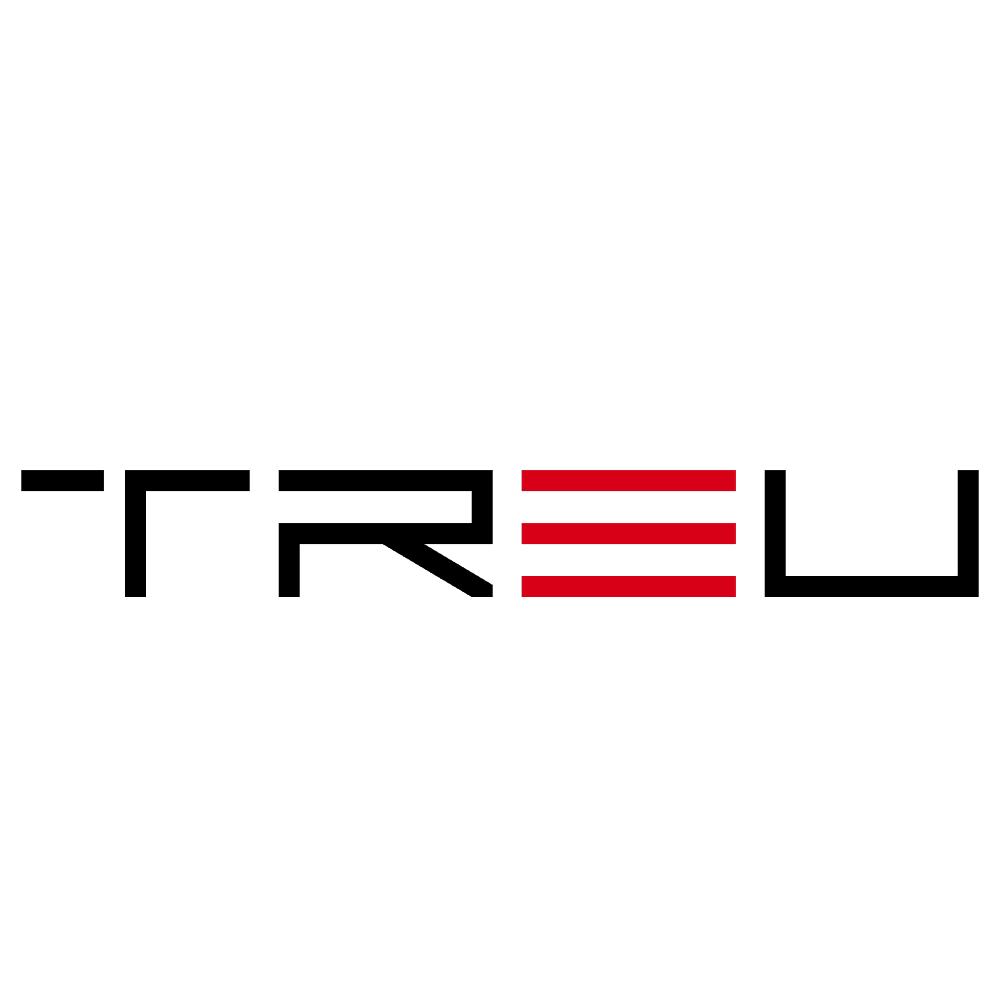Workers Ready to Push Back in 2025 Labor Movement
The labor movement has long been a cornerstone of social change, elevating the voices of workers and advocating for their rights. As we move through 2025, the momentum among working people has never been stronger. With growing calls for fair wages, better working conditions, and protections against corporate overreach, workers are mobilizing like never before. The message is clear: workers are ready to push back.
This article will explore the pressing issues fueling the labor movement, the strategies being employed, and how 2025 promises to mark a significant evolution in the fight for workers’ rights.
The Rising Energy of the Modern Labor Movement
Worker activism has gained serious traction in recent years. From warehouse workers organizing for union rights to teachers advocating for better funding, the modern labor movement is vibrant and diverse. Here’s a closer look at what’s driving this momentum:
Economic Inequality
The gap between the wealthiest individuals and everyday workers continues to grow. According to recent studies, CEO compensation has skyrocketed by over 1,000% over the past two decades, while wages for most workers have remained stagnant or lagged behind inflation. That economic imbalance has pushed workers to demand their fair share of the wealth they help create.
- Workers in lower-paying industries are at the forefront, demanding living wages instead of minimum wages.
- Professionals in traditionally under-unionized sectors, such as technology and healthcare, are organizing to combat wealth disparity.
Better Working Conditions
From grueling hours to unsafe environments, many workers continue to face unacceptable treatment. It’s become clear that today’s labor force is refusing to accept these conditions any longer.
- Warehouse employees and delivery drivers have highlighted the physical toll of unregulated work environments.
- Healthcare workers have reported chronic underfunding, which puts both staff and patients at risk.
In this context, the fight to improve working conditions is gaining support not only from unions but also from allies within communities and state governments.
A Post-Pandemic Workforce
The COVID-19 pandemic has permanently altered how the world thinks about work. Workers are demanding flexibility, safer workplaces, and adequate compensation for the challenges they endured during the pandemic.
- Remote and hybrid work models, once seen as perks, are now viewed as essentials for many industries.
- Frontline workers are calling for recognition, pay raises, and long-overdue systemic reform.
Unions as the Backbone of the 2025 Movement
Unions have always been champions of workers’ rights, but in 2025, their influence is poised to reach new heights. Workers and labor coalitions across the country are reviving energy around union campaigns and showing that collective bargaining is the key to creating equitable workplaces.
Key Victories Leading the Way
Recent union successes have inspired workers in industries previously untouched by organized labor.
- The tech industry, historically known for its resistance to unions, has seen breakthroughs in collective bargaining. Employees at major companies are increasingly pushing for representation at the table.
- Retail giants have also faced a wave of unionization efforts. Workers at numerous e-commerce and retail firms are uniting to advocate for better pay and conditions.
Many of these victories remind us that workers’ persistence and collective action remain powerful forces for change.
Grassroots Mobilization
Now, more than ever before, local and grassroots union chapters are at the heart of the labor movement. Whether through strikes, rallies, or community action groups, workers are finding innovative ways to make their voices heard.
- Community-supported strikes have garnered broad public sympathy, challenging the narrative that unionized workers act in self-interest.
- Social media has become a powerful tool for raising awareness about workers’ struggles, helping to promote solidarity across industries.
Challenges and Barriers Workers are Facing in 2025
While the energy behind the labor movement is palpable, challenges remain. Workers face formidable opposition from corporations intent on maximizing profits, alongside legal barriers designed to stymie unionization efforts.
Corporate Pushback
Large corporations continue to leverage their power in attempts to block workers’ organizing. Companies argue that unions would slow productivity despite growing evidence to the contrary. Common anti-union tactics include:
- Employers conducting misinformation campaigns to discourage workers from organizing.
- Companies hiring costly “union avoidance” firms to suppress movements from within.
- Retaliation against vocal union advocates through firing or public discrediting.
Legislative Hurdles
The road to fair labor practices also faces obstacles in the legal arena. Certain laws weaken unions’ bargaining power while failing to adequately penalize violations of labor rights.
- “Right-to-Work” laws in many states undermine collective organizing efforts by allowing employees to opt out of paying union dues while still benefiting from negotiated protections.
- Slow or ineffective enforcement of worker protections fosters environments where exploitation can persist.
Despite these barriers, union leaders and supporters continue undeterred, pushing for stronger labor laws that prioritize workers’ needs.
The Way Forward: Building Power and Solidarity
If 2025 is set to be a turning point for labor movements, it will be thanks to workers’ collective power and commitment to solidarity. Across industries and regions, there are steps that workers and their allies can take to ensure their voices are not only heard but lead to tangible change.
Education and Awareness
Workers must remain informed about their rights and actively engage in learning how to organize.
- Union workshops and community-based discussions have become essential tools for education.
- Social media campaigns are helping to demystify the process of unionization and provide step-by-step guidance for workers.
Alliances Across Sectors and Communities
No single industry alone can transform the labor landscape, but when workers and communities unite, they build an unbeatable force of action.
- Partnerships between unions and civil rights organizations have amplified calls for equality and justice.
- Multinational solidarity campaigns are helping workers fight against global exploitation by corporations.
Bold Legislative Demands
Lobbying for labor-friendly policies is integral to the success of the workers’ movement in 2025. Key policies working people are fighting for include:
- An increase in the federal minimum wage to ensure all workers earn a livable income.
- Stronger penalties against employers who use anti-union tactics or violate labor laws.
- Expanded protections for gig workers and independent contractors who lack traditional benefits.
Conclusion
As the labor movement continues to evolve in 2025, workers across industries are demonstrating their readiness to push back. The calls for fair wages, safer workplaces, and equitable treatment are louder than ever. Against the backdrop of corporate resistance and legislative challenges, the solidarity and determination of workers have restored faith in the power of collective action.
This pivotal moment in labor history presents an opportunity for all of us to stand with working people, amplify their voices, and hold companies and lawmakers accountable to the promises of fairness and respect. The future of work is being shaped by those who dare to demand better—and 2025 marks the year workers push forward with unstoppable momentum.
Workers aren’t just asking for change; they are actively making it happen. It’s up to all of us to ensure their voices echo not just today but for generations to come.

